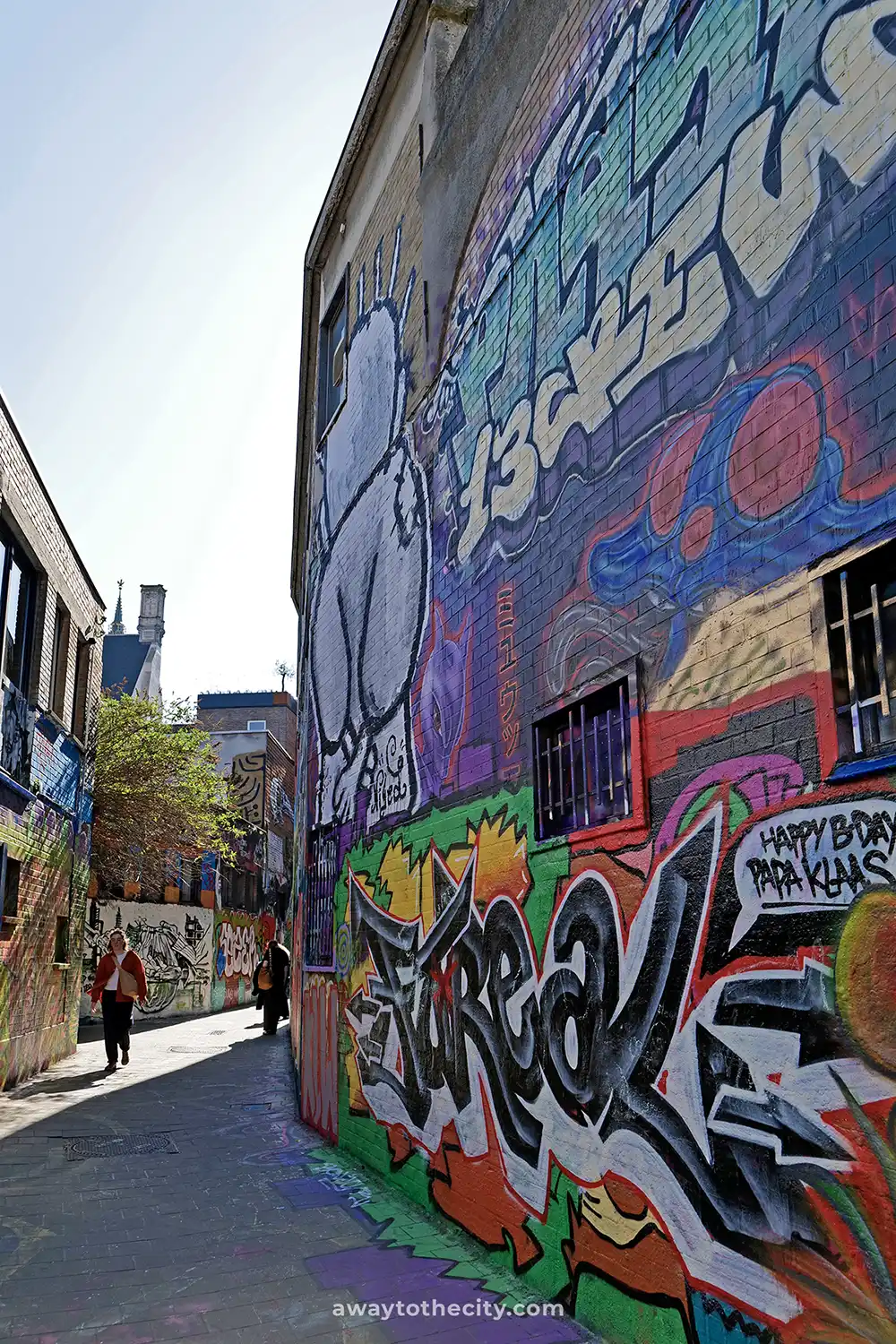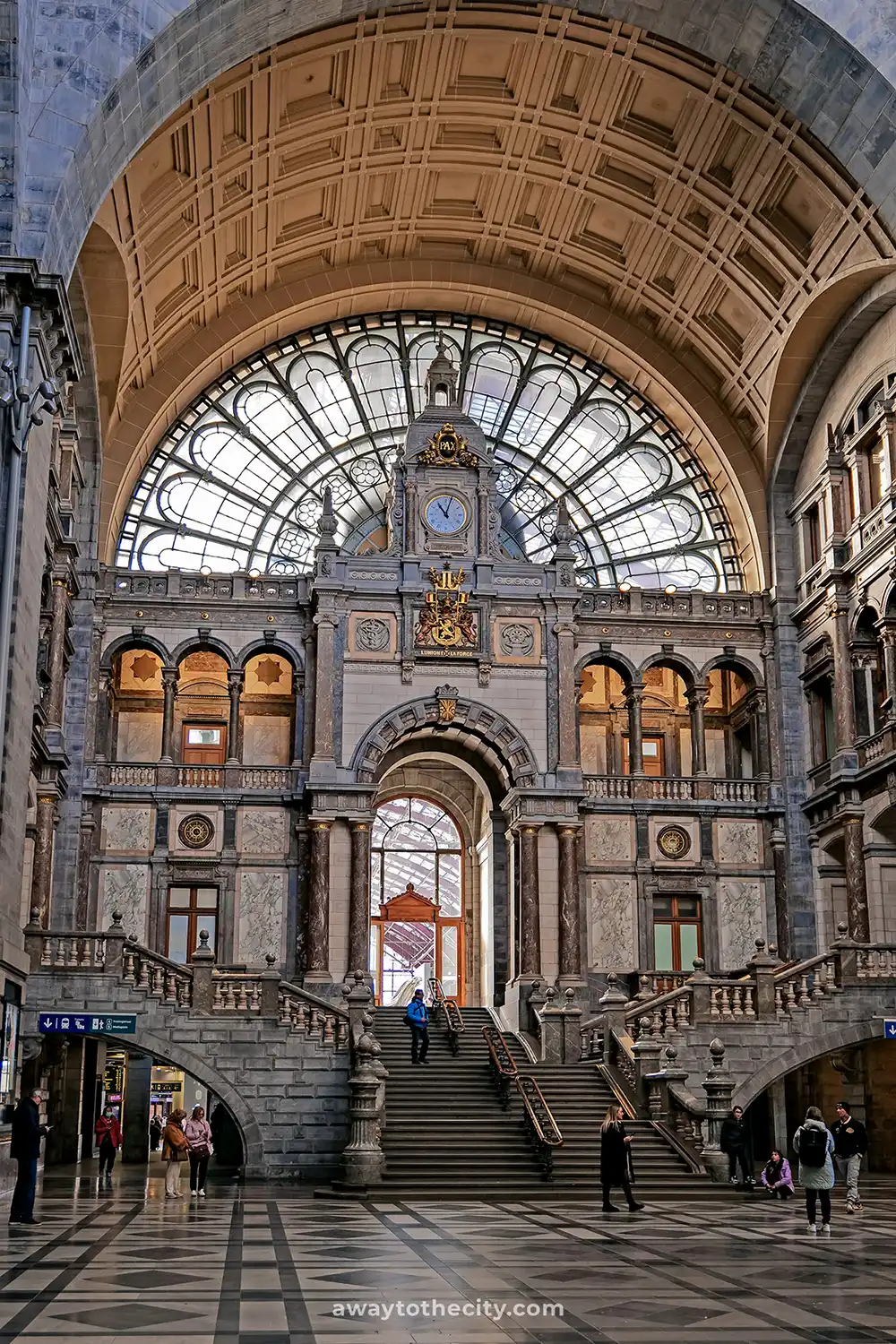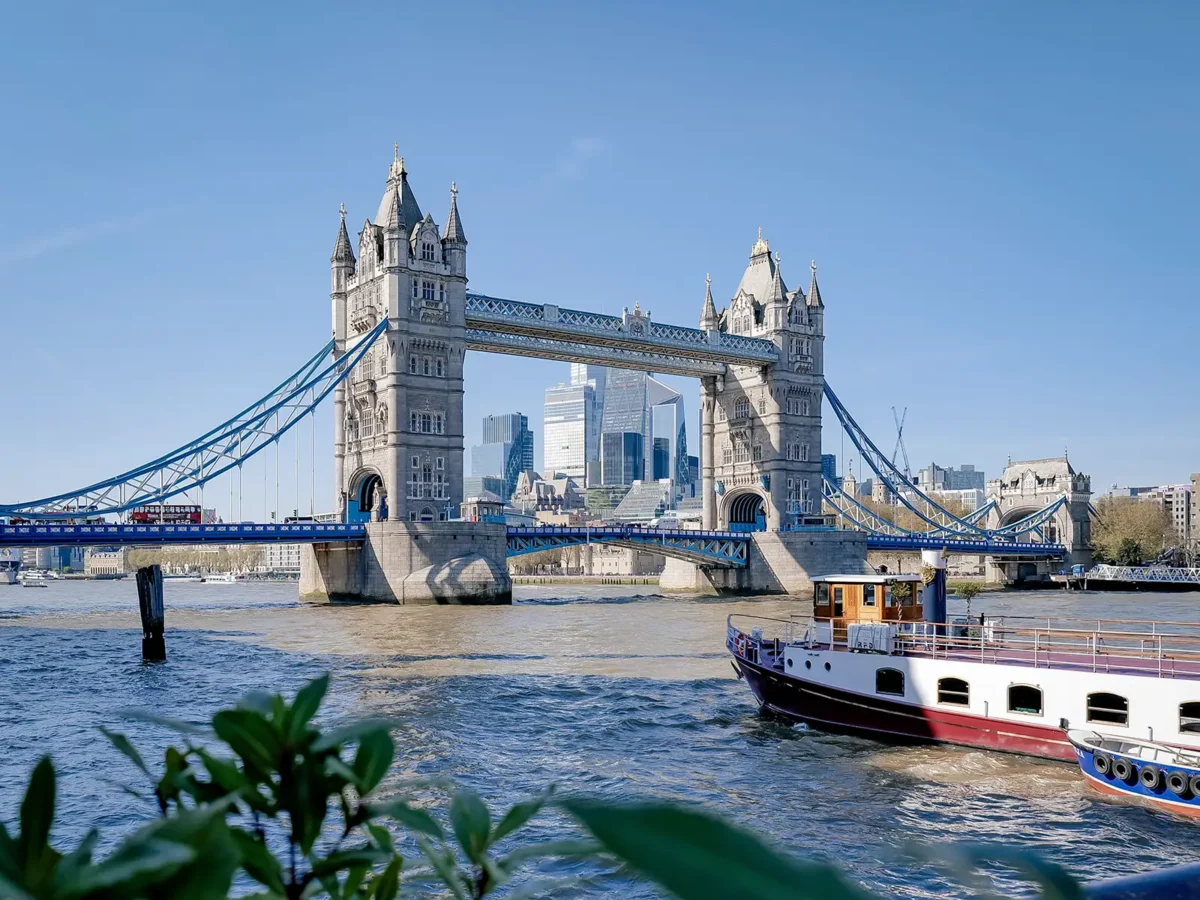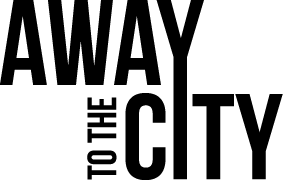Cities to Visit in Belgium: 5 We Recommend (and 1 to Skip)
Not sure which cities in Belgium are actually worth your time? This guide will help you focus on the ones that truly stand out.

We’ve visited over 50 countries, and Belgium remains one of the most underrated in Europe. It’s often skipped in favour of places like France, Italy or the Netherlands, but in our opinion, that’s a mistake. With well-connected cities, compact centres and plenty of cultural depth, it’s ideal for a weekend break or as part of a longer Europe itinerary.
Over the years, we’ve returned to Belgium for quick day trips, weekend breaks and longer holidays. Seeing it from different angles helped us work out which cities are genuinely worth your time. Some are perfect for slow mornings and scenic walks, others feel more energetic or artsy. A few didn’t quite live up to the hype.
If you’re planning your first visit to Belgium or want to make your itinerary a bit more focused, this post is for you. We’ll take you through the cities we’d go back to, how long to stay in each, where we stayed ourselves, and the one popular stop we’d personally skip.
Some of the links in this post are affiliate links. If you click on the link and purchase the item or service, we may receive a small commission at no extra cost to you. By using our links, you’re supporting us to provide you with free content for your city trips. Learn more on our Privacy Policy page.
Short on time?
Here are our top city picks for Belgium:
Best overall city: Bruges (it’s the most charming city, perfect for first-time visitors to Belgium)
Best way to get around: Belgium’s rail network is fast, well-connected, and perfect for visiting multiple cities.
Want more flexibility? Click here to check rental car rates for Belgium!
Our Favourite Belgian Cities
1. Bruges
Best for: first-time Belgium visitors, romantic city breaks, fairy-tale architecture
Top 3 things not to miss:
Bruges (or Brugge in Dutch) is, hands down, our favourite city in Belgium!
Nicknamed the ‘Venice of the North‘ for its canals and old-world charm, it stands out for the remarkable extent to which its medieval centre remains intact. The quiet squares, narrow backstreets and peaceful waterways feel like they’ve barely changed over the centuries.

Compared to cities like Antwerp or Ghent, which feel more lived-in, Bruges has a more decorative side. There are stepped gables, swans moving through the canals, neat parks and medieval buildings that always catch the light.
It does get busy during May and the summer months (especially in July and August), when the crowds can be heavy. But outside those peak months, it’s surprisingly easy to find calm spots, even near the centre.
You can explore the centre on foot or join a city highlights bike tour, which is a fun way to see more without rushing.


Bruges is also ideal if you don’t feel like cramming your days with sightseeing. You can dip into a museum or try a chocolate-making workshop, but it’s just as lovely to sit by the water, pick up a snack, and let the hours pass without much of a plan.
>> Check out our post with the best things to do in Bruges

Our top hotel pick in Bruges
Boutique Hotel Sablon (stylish and brilliantly located for exploring the old town on foot)
Recommended duration
2 days
2. Ghent
Best for: history lovers, a lively student vibe, canalside exploring
Top 3 things not to miss:
If Bruges is the polished fairytale city, Ghent is its cooler cousin.
You get the same medieval architecture with a more relaxed, lived-in vibe. There’s a castle right in the middle of the city, canals that don’t feel overly curated, and a strong street art scene that adds colour to the old stone buildings.

The Castle of the Counts (also known as Gravensteen Castle) was our favourite highlight in Ghent. It’s a well-preserved fortress from the Middle Ages, complete with turrets, ramparts and even a torture museum.
It looks almost out of place, like it should be in the countryside, but there it is, right in the historic city centre. Seeing it from the water on a boat tour gives you a whole different perspective.


We also loved Patershol, one of those neighbourhoods where every corner looks like a photo. It’s full of cobbled alleys, tucked-away restaurants, and small squares that feel almost residential.
The city also has a large student population, which gives it a young, lively feel without being loud or chaotic.
Ghent (or Gent in Dutch) is a great pick if you want a beautiful city with classic European architecture, but prefer something a little less touristy than Bruges.

Our top hotel pick in Ghent
Yalo Urban Boutique Hotel (super stylish with a rooftop bar, great food, and a central location)
Recommended duration
1-2 days
3. Antwerp
Best for: shopping and fashion, museum lovers, modern architecture
Top 3 things not to miss:
Antwerp really surprised us. We first visited on a quick day trip and quickly realised we’d need more time. So we came back and stayed longer. As Belgium’s largest city, it’s much bigger and more layered than people give it credit for.


It has a very different feel from Bruges or Ghent. While those cities lean into medieval charm, Antwerp is a port city with a more industrial vibe, bold modern architecture, and a slightly edgy feel. Zaha Hadid’s futuristic Port House is a perfect example.
There’s also the Museum aan de Stroom (MAS) building, which you can climb for free panoramic views across the city and the docks.
What makes Antwerp stand out is how much there is to explore. Museums like Chocolate Nation (the largest Belgian chocolate museum in the world) and Plantin-Moretus Museum (with some of the oldest printing presses in the world) were unexpected highlights for us.

And the Cathedral of Our Lady, home to several masterpieces by Rubens, is another great addition to your city walk.
It’s also the most spread-out of the Belgian cities we visited. You won’t be able to see everything on foot, so be prepared to hop on a tram, rent a bike, or take the metro to get around. The city highlights walking tour is a great way to start.
Antwerp feels more like a proper city than a postcard, but it’s creative, a little gritty, and packed with hidden corners once you start looking.

Our top hotel pick in Antwerp
NH Collection Antwerp Centre (modern hotel with big rooms and a great location across from the train station)
Recommended duration
2 days
4. Dinant
Best for: a scenic day trip, photography
Top 3 things not to miss:
Dinant is one of the most scenic cities we visited in Belgium. It’s not packed with sights, but what’s there is genuinely striking.
The city is set between steep cliffs and the River Meuse, with colourful buildings lining the water and a gothic church that looks like it belongs on the cover of a travel guide.
The Citadel is the standout. You can climb the stairs or take the cable car (we went up the stairs) for some of the best views of the valley, the rooftops below, and the river winding through it all.
You’ll spot colourful saxophones all over the city, which might seem a bit random at first. But they’re there for good reason: Dinant is where the saxophone was invented. Adolphe Sax, born in the early 1800s, developed the instrument that went on to shape jazz and beyond.
The city is small, so you can see most of it in just a few hours. We stayed for two days, but in hindsight, a relaxed afternoon would’ve been enough. It’s a good place as a day trip from another city in Belgium or even Luxembourg City.

Our top hotel pick in Dinant
La Merveilleuse by Infiniti Hôtel (a former abbey with big rooms and brilliant views over the river and city)
Recommended duration
A few hours (perfect for a half-day or full-day trip)
5. Leuven
Best for: beer lovers, foodies, and university town energy
Top 3 things not to miss:
Leuven mixes historical charm with a youthful, creative edge.
It’s home to KU Leuven, one of Europe’s oldest universities, so there’s always something happening – cultural events, exhibitions, gigs, talks, and festivals. But it’s also packed with history, especially in the heart of the old town.
The Gothic City Hall is a real highlight. It’s all delicate stonework and spires, and somehow even more impressive in person than in photos.
Just a short walk from there, the Great Beguinage feels completely different. Red-brick buildings, quiet lanes and a small riverside path make it one of the calmest spots in the city.
Leuven is often called Belgium’s beer capital, and any beer lover would agree it lives up to the name. It’s where Stella Artois began, and the old brewery is open for tours if you’re curious about how it all started.
The food scene is also strong. It feels younger and more creative than in some other Belgian cities. We really liked Baracca, Gastrobar Hop and Bar Leuv – casual places with good energy and proper food, not tourist traps.

Our top hotel pick in Leuven
M-Street Art Lodging (modern, spacious rooms in a unique artsy building close to everything)
Recommended duration
1-2 days
Why Brussels Didn’t Make Our List
We’ve been to Brussels a few times. Once for a dedicated weekend trip, and another time as our base while exploring other parts of Belgium.
As the capital of Belgium, it’s easy to reach by Eurostar from London (where we live), which is probably why so many people include it. But honestly, we think it’s completely overrated!

The city centre isn’t that pretty. It’s not a great place to walk around. And beyond the Grand Place (or Grote Markt, Brussels’ main square), there’s very little that stands out.
It doesn’t have the charm of Bruges, the energy of Ghent, or the creativity of Antwerp. A lot of it just feels messy, grey and a bit uninspired.


The only reason we’d suggest stopping in Brussels is if you’re really into comic art or politics. The comic murals are fun, and the Belgian Comic Art Museum is excellent. The EU Parliament also has a fascinating exhibition (the Parlamentarium).
But unless those are must-sees for you, we’d skip it and spend your time elsewhere.
Where to Find These Cities in Belgium
All five cities in this post are well connected by train, making them easy to combine for a short trip or a city-hopping route across Belgium.
FAQs About Visiting Cities in Belgium
Do you have questions about planning a city break in Belgium? Here’s what we get asked most often by our readers.
Can you visit all of these cities by train?
Yes, and it’s very straightforward. Belgium has a solid rail network, and most journeys between cities take under an hour. There’s no need to rent a car unless you’re heading somewhere remote.
How many days do you need to explore Belgium’s cities?
You can see 2-3 cities over a long weekend or spread things out over a week. Most city centres are compact, so you don’t need loads of time in each.
Should I include Brussels in my Belgium itinerary?
Unless you’re really into comic art or EU institutions, we’d skip it. There are other cities in Belgium that feel more inviting and easier to enjoy.
Is Bruges or Brussels better?
Bruges, without hesitation. It’s prettier, calmer and far more enjoyable to walk around. Brussels feels busier and a bit disjointed by comparison. If you only have time for one, make it Bruges. And if you’ve got time for two, we’d still pick somewhere else before Brussels.
What’s the most underrated city in Belgium?
We’d say Antwerp. It’s bigger than it first appears and is full of excellent museums, striking architecture, and creative energy. Many people are surprised by how much they enjoy it once they arrive.
Final Thoughts
Belgium might be a small country, but it’s full of beautiful places to explore. Some cities are all about cobblestone streets and canals, others have bold architecture, riverside views or standout food scenes. You don’t need to cover everything, but it’s worth picking a few that match your pace.
We hope this guide helps you decide which cities to prioritise – and which ones to skip.
Planning a trip to our favourite Belgian city? Don’t miss our post on the best places to visit in Bruges.
Like this post?
Save it to Pinterest for later!










